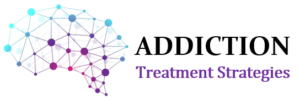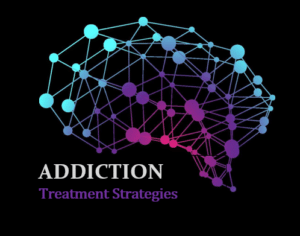ATS Patient Demographics
Often times people are confused as to what is the nature of treatment for people who come to an outpatient program versus a residential treatment program. What we’re going to go over today is the types of people who come to the ATS program. Currently, our age ranges from people from 17 to 63, those are people who are active in the program. The average age of people here is 26 right now. Our male to female ratio is much like the national average in that we have about four males for every one female who has an addiction issue that is being treated. Most of our people, 87% that is being employed or in school. The average years of education right now are really quite high. It’s about 15.8 Because we have a number of physicians, nurses and college-educated students who are here.
Outpatient Treatment for Addictions to Alcohol, Opiates, Heroin
The drug of choice of varies much like anywhere else. About 32% of our patients have an addiction to alcohol, 54% to opiates, which includes prescription drugs, or heroin, or fentanyl for sure, and 13% of our patients are addicted to something else whether that’s methamphetamine, crack cocaine or marijuana. All those things can be successfully treated on an outpatient basis.
The average age of first use for our patients is around 14. I think that’s extremely significant to look at in that if someone, our average age is 14, that means for every person who started using at 15, we have a person who started using at 13 or someone who started using at 12. That’s very significant because at that point the brain is growing very rapidly and when you start sticking medications in your brain it causes the brain to grow in different areas other than the typical growth of developmental stages. So that’s oftentimes a component of our mental status exam our collection of a drug users substance abuse history what was the age of onset and what were the drugs were used at a very early age. that’s significant in developing a treatment plan.
Most of our patients here are using more than one drug, 73% are using multiple drugs at the same time, and about half of our people are what we call medical risk right now. That means if the patient’s keep using the volume of the drug they’re using within the next 6 months they’re going to be hospitalized as results of the drug use.
Alternative To Inpatient Rehab or AA
Most of the people who have been here had already been to more than four rehab facilities; that’s 76% of our people who have been to more than four rehab facilities. We have one current patient who has been to more than 17 rehab facilities prior to coming to an intensive outpatient program here. About 71% of our people have been treated for some type of anxiety, depression, bipolar, ADHD in addition to their addiction. Also almost probably 95% to 100% of our people have some type of co-occurring mental health and substance abuse disorder. Most of our patients manifest some of the symptoms in a sleep disturbance 82% have a sleep disturbance when they come here.
About half of our people have some type of legal trouble even though that’s not why they were referred. They may be guilty of possession, DUI, paraphernalia or something like that so there’s some legal or background history that has to be addressed during treatment. As well as 57% of our people have some type of employment problem. That is if their employer knew what they were doing or currently aware what they doing then they have to be treated in order to return to work and about 82% of our patients have some type of a relationship risk issue. That’s either their spouse or their mom and dad is aware of their substance abuse problem and its creating problems for them.
Addiction Treatment Strategies Proven Track Record
So those are the demographics of patients or characters who come here and we’ve been very successful in treating these people to an extended period of time, given that most of our patients are with us approximately 18 to 24 months in our outpatient program.





